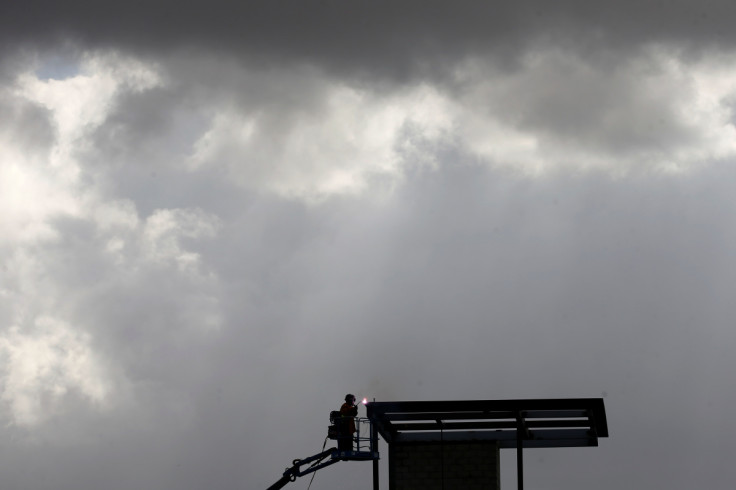Growth In U.S. Labor Costs Smallest In A Year In Fourth Quarter

U.S. labor costs increased at their slowest pace in a year in the fourth quarter as wage growth slowed, offering a boost to the Federal Reserve in its fight against inflation.
The Employment Cost Index, the broadest measure of labor costs, rose 1.0% last quarter, the Labor Department said on Tuesday. That was the smallest advance since the fourth quarter of 2021 and followed a 1.2% gain in the July-September period.
Economists polled by Reuters had forecast the ECI rising 1.1%. Labor costs increased 5.1% on a year-on-year basis after advancing 5.0% in the third quarter. With the fourth-quarter release, the government introduced new employment weights based on the 2018 Standard Occupational Classification system.
The ECI is widely viewed by policymakers and economists as one of the better measures of labor market slack and a predictor of core inflation, because it adjusts for composition and job-quality changes. The report was published as Fed officials were due to begin a two-day policy meeting.
The U.S. central bank is expected to raise its policy rate by 25 basis points at end of the meeting on Wednesday. The Fed last year raised its policy rate by 425 basis points from near zero to a 4.25%-4.50% range, the highest since late 2007.
The Fed's Beige Book this month described the labor market as "persistently tight," noting that "wage pressures remained elevated across districts," in early January though five regional "Reserve Banks reported that these pressures had eased somewhat."
Nevertheless, annual growth in average hourly earnings in the Labor Department's monthly employment report has cooled, though it still remains high. The Atlanta Fed's wage tracker also moderated in the fourth quarter. There were 10.5 million job openings on the last business day of November.
Wages and salaries increased 1.0% in the last quarter, also the smallest gain since the fourth quarter of 2021, after rising 1.3% in the third quarter. They were up 5.1% year-on-year after rising by the same margin in the prior quarter.
Private sector wages rose 1.0%, slowing from a 1.2% advance in the third quarter. Private industry wages increased 5.1% year-on-year after rising 5.2% in the July-September quarter.
The moderation in wage growth was more pronounced in the leisure and hospitality sector, where wages and salaries increased 0.9% after increasing 1.8% in the third quarter. Employment in this industry remains below pre-pandemic levels.
State and local government wages also climbed 1.0% after surging 2.1% in the third quarter.
But higher inflation continued to eat into consumers' purchasing power. Inflation adjusted wages for all workers fell 1.2% year-on-year in the fourth quarter.
Benefits rose 0.8% last quarter after increasing 1.0% in the third quarter. They were up 4.9% year-on-year.
© Copyright Thomson Reuters 2024. All rights reserved.





















